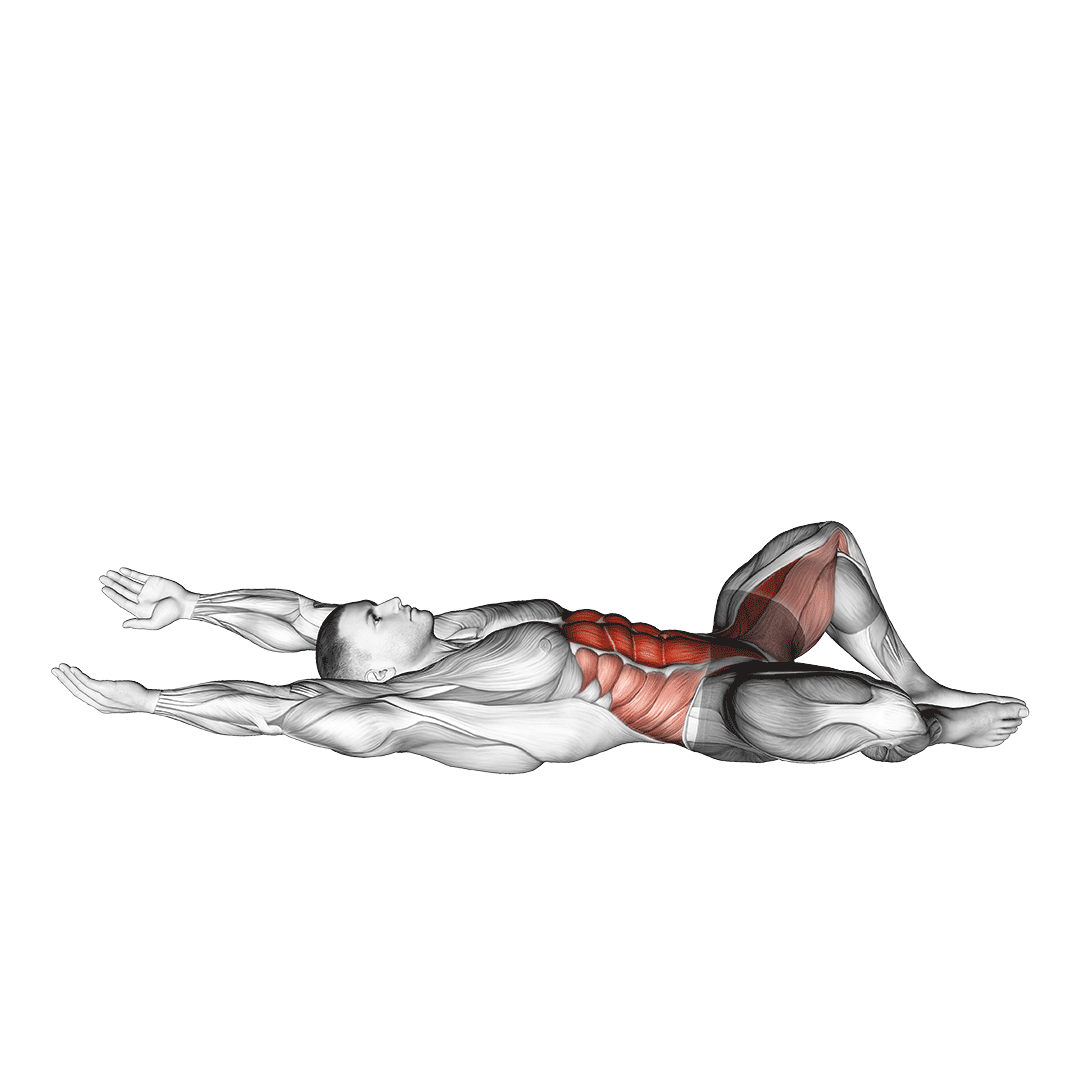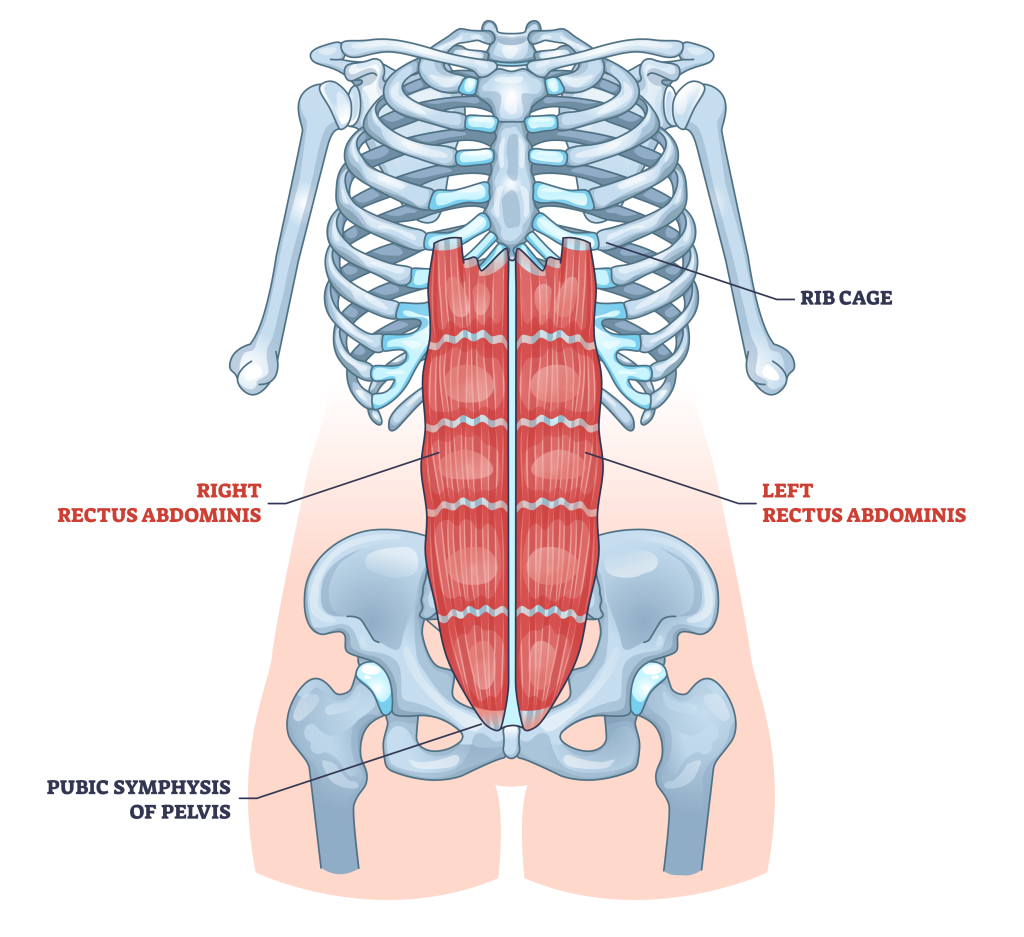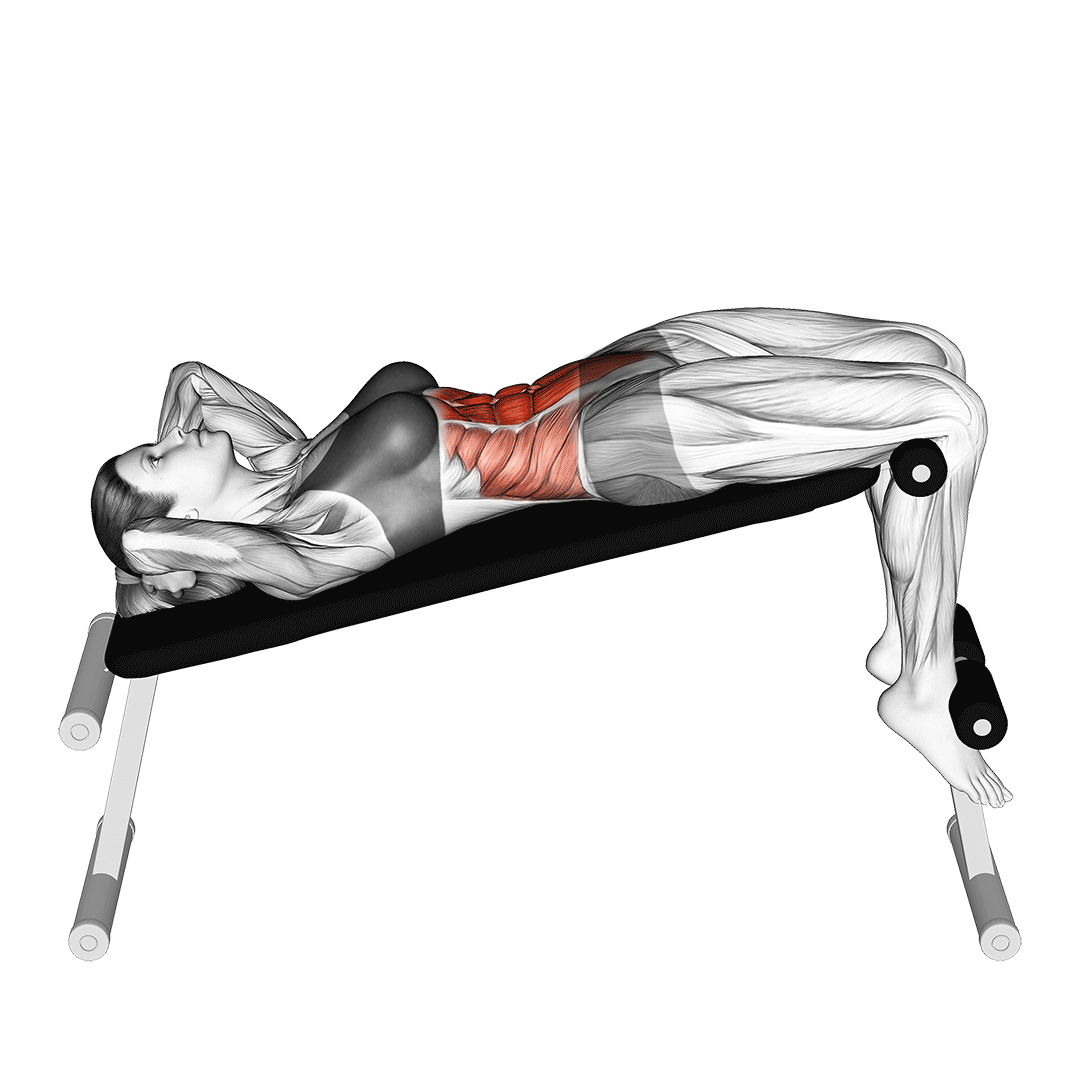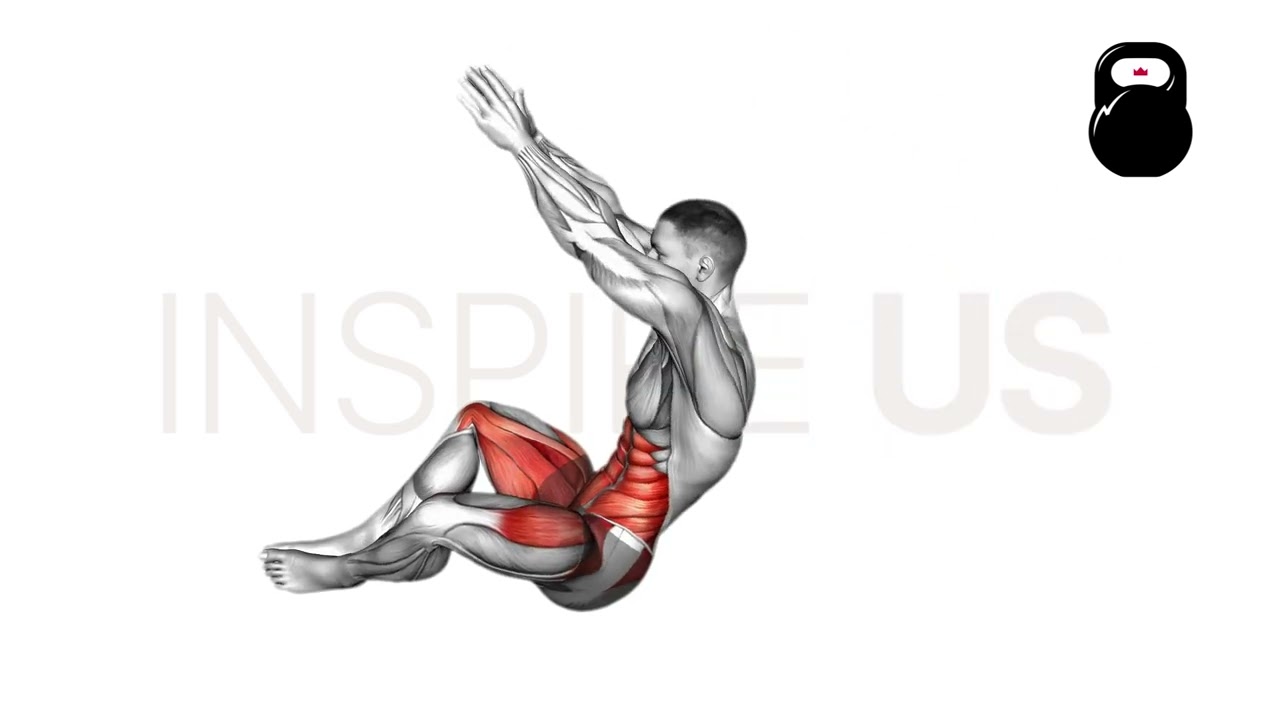Butterfly Sit-Up: Muscles Worked and More
The butterfly sit-up is simply a conventional sit-up performed with the soles of the feet pressed together.
Performing the exercise in this manner creates a greater emphasis on the rectus abdominis or “six-pack” muscles, allowing for greater isolation and specificity without additional equipment or increasing actual training intensity.
How to Do a Butterfly Sit-Up
To perform a repetition of the butterfly sit-up, the lifter will begin by first seating themselves on the floor, sitting themselves upright and pressing the soles of their feet together so that the knees point out to the sides.

The hands may be crossed over the chest or otherwise placed behind the base of the skull for additional support.
Ensuring the lower body retains this position throughout the set, the lifter then slowly lowers their upper back towards the floor, pulling their navel towards their spine as they do so.
With the upper back flat along the ground and the core fully contracted, they then reverse the motion and draw their chest back upwards - stopping once their chest is above their hips.
At this point, the repetition is considered to be complete, with subsequent repetitions requiring only the standard sit-up movement to continue.
Sets and Reps Recommendation:
Because of how low intensity butterfly sit-ups can be, those new to the exercise can begin with 2-3 sets of 8-12 repetitions each.
What Muscles are Worked by Butterfly Sit-Ups?
Butterfly sit-ups are an isolation exercise, meaning that only one muscle group is actually targeted to a meaningful extent.
Of course, said muscle group is that of the core - specifically the abdominal group of muscles that make up the anterior section of the abdomen.

Because the legs are positioned in such a way, butterfly sit-ups tend to reduce involvement of muscles that are otherwise recruited during conventional sit-ups. This allows for greater isolation of the transverse abdominis, rectus abdominis and inner oblique muscles.
Common Butterfly Sit-Up Mistakes to Avoid
Despite their simplicity, the butterfly sit-up is best performed without the following common mistakes. Aim to perform the movement as optimally as possible so as to avoid lower back strain and to maximize abdominal muscle contraction.
Curving Lower Back
A common mistake seen in all variations of sit-up - curving the lower back at any point during the butterfly sit-up can result in undue strain of the lower back’s muscles and its underlying section of spine.
If performed repeatedly over multiple training sessions, this particular mistake can eventually lead to issues such as lower back pain, compressed spinal discs or sprains of the spinal erectors.
Aim to keep the lower back flat and neutral, utilizing the cue of pulling the navel towards the spine in order to brace the core muscles correctly.
Poor Range of Motion
To ensure that the entirety of the abdominal and oblique muscles are worked to the fullest degree, prioritizing a full range of motion is vital.

Each repetition should feature an apex with the upper back flat atop the ground while otherwise beginning and ending with the torso practically upright over the pelvis.
Apart from generally poor core development, an insufficient range of motion can lead to issues like sticking points, increased strain on the lower back or instability of the core.
Drawing Heels Unnecessarily Close to Body
Generally, the closer the heels are drawn to the pelvis as the soles are pressed together, the greater lower abdominal strength will be needed to keep the legs in place.
That, and doing so will also require greater flexibility in the hips and hamstrings, making the exercise needlessly more difficult than it need be.
Exercisers should experiment with varying the length of their legs to find that fits their individual physiology best.
Bouncing or Rolling Off the Floor
Although some publications recommend performing the butterfly sit-up as if “rolling” off the floor or otherwise generating explosive momentum at the midpoint, doing so can create unnecessary strain on the lower back with no appreciable advantage whatsoever.
To get the best muscular development from butterfly sit-ups, it is best to perform the entirety of the repetition in a slow and controlled manner, the abdominal muscles bearing as much tension as possible.
Alternatives to the Butterfly Sit-Up
IF you don’t quite have the mobility to hold a butterfly sit-up for too long - or if you simply want an exercise with a lower risk of back injuries - try the following alternative core exercises out.
Wide Leg Sit-Ups
Exactly as they sound; wide leg sit-ups are simply conventional sit-ups performed with the legs fully extended in a wide stance, rather than the usual close and bend position of conventional sit-ups.
Much like butterfly sit-ups, performing sit-ups in this manner aids in reducing contraction of non-core muscle groups, ensuring greater isolation and maximizing range of motion as much as possible.
Decline Crunches
A favorite among lifters - decline crunches are abdominal crunches performed while atop a decline bench.

In comparison to butterfly sit-ups, decline crunches feature significantly less risk of injury and a relatively similar pattern of abdominal muscle contraction.
However, this greater level of safety and abdominal muscle isolation does come at the cost of greater hip flexor involvement and reduced lower back involvement.
Running Man Sit-Ups
Running man sit-ups are an advanced variation of sit-up where the exerciser rapidly performs a diagonal sit-up while simultaneously raising one knee towards their elbow, as if performing a bicycle crunch or elbow-to-knee crunch.
The running man sit-up is the technical opposite of butterfly sit-ups - where, rather than maximizing range of motion and isolated contraction, the former involves as many muscles as possible in a rapid movement pattern.
Frequently Asked Questions (FAQ)
Why are Butterfly Sit-Ups So Hard?
Butterfly sit-ups require somewhat greater lower abdominal strength and a greater level of lower body mobility than conventional sit-ups. If you are having difficulty performing a full set of butterfly sit-ups, try extending your legs further from your hips.
Are Butterfly Sit-Ups Better Than Normal Sit-Ups?
In terms of pure abdominal contraction, yes. Butterfly sit-ups feature greatly reduced involvement from non-abdominal muscle groups, forcing the muscles of the core to work more intensely than would be seen with a conventional sit-up.
Can You Do Butterfly Sit-Ups With Weight?
Yes - butterfly sit-ups can be performed with additional resistance. While the usual train of thought is to use a dumbbell or weight plate, it is also possible to load the exercise with a resistance band or even wearable weights.
References
1. Kumar, Rajesh, and Erika Zemková. 2022. "The Effect of 12-Week Core Strengthening and Weight Training on Muscle Strength, Endurance and Flexibility in School-Aged Athletes" Applied Sciences 12, no. 24: 12550. https://doi.org/10.3390/app122412550
2. Andrade DC, Henriquez-Olguín C, Beltrán AR, Ramírez MA, Labarca C, Cornejo M, Álvarez C, Ramírez-Campillo R. Effects of general, specific and combined warm-up on explosive muscular performance. Biol Sport. 2015 Jun;32(2):123-8. doi: 10.5604/20831862.1140426. Epub 2015 Feb 16. PMID: 26060335; PMCID: PMC4447757.

